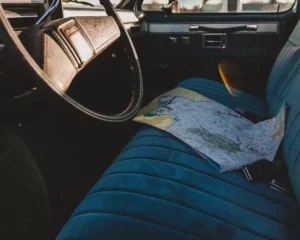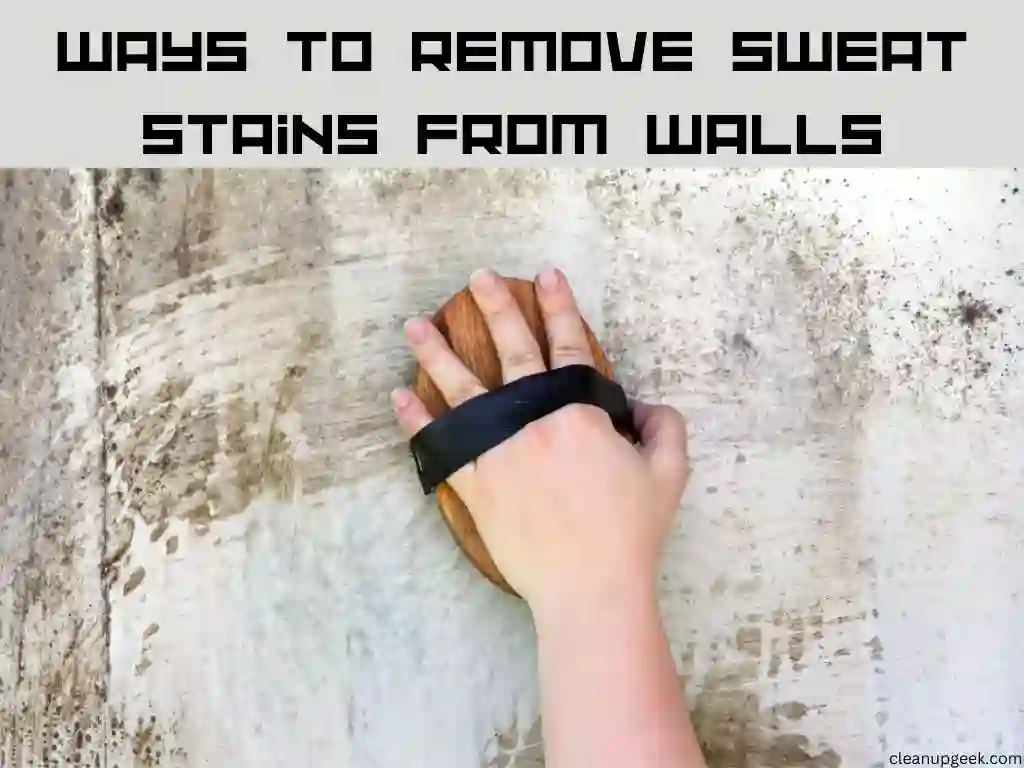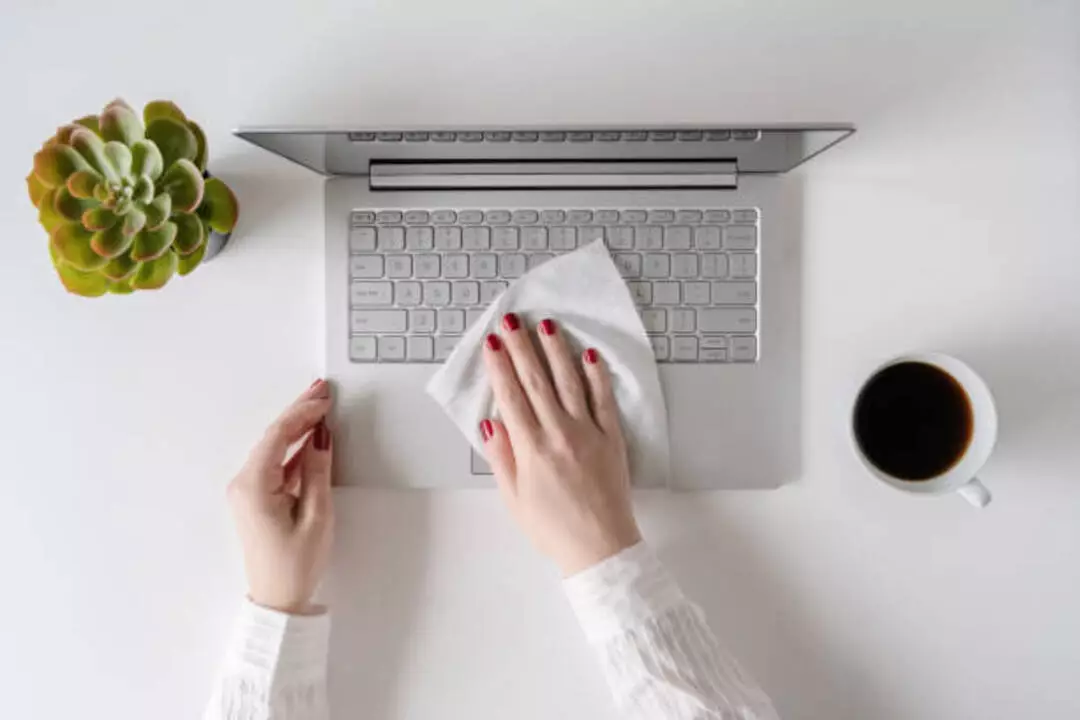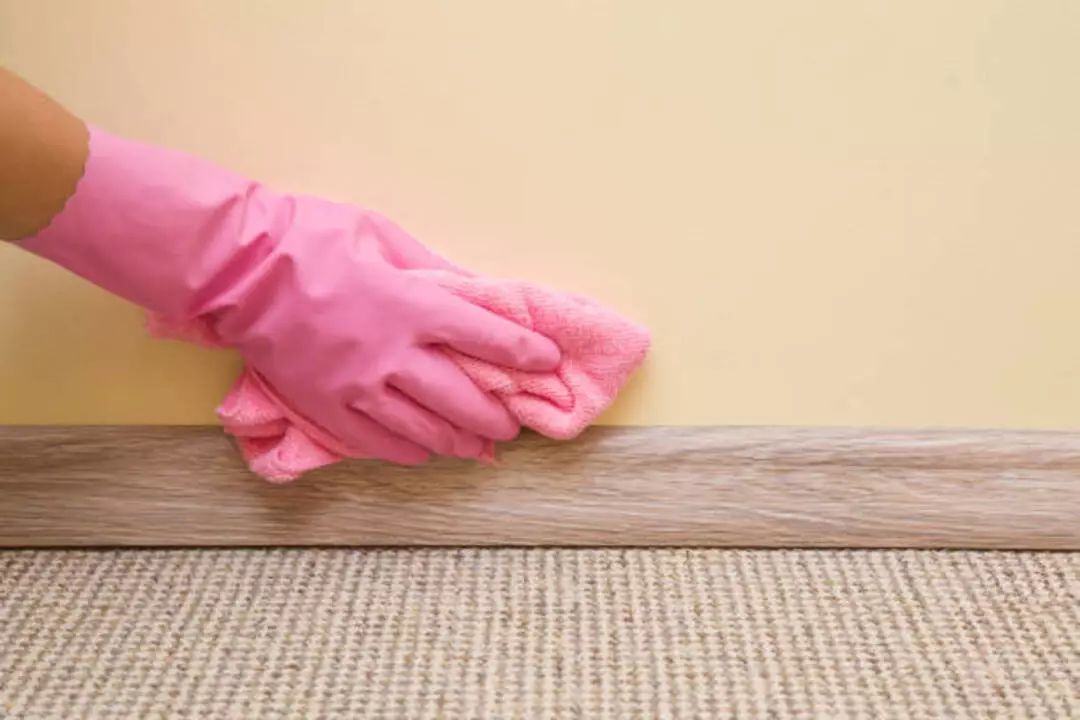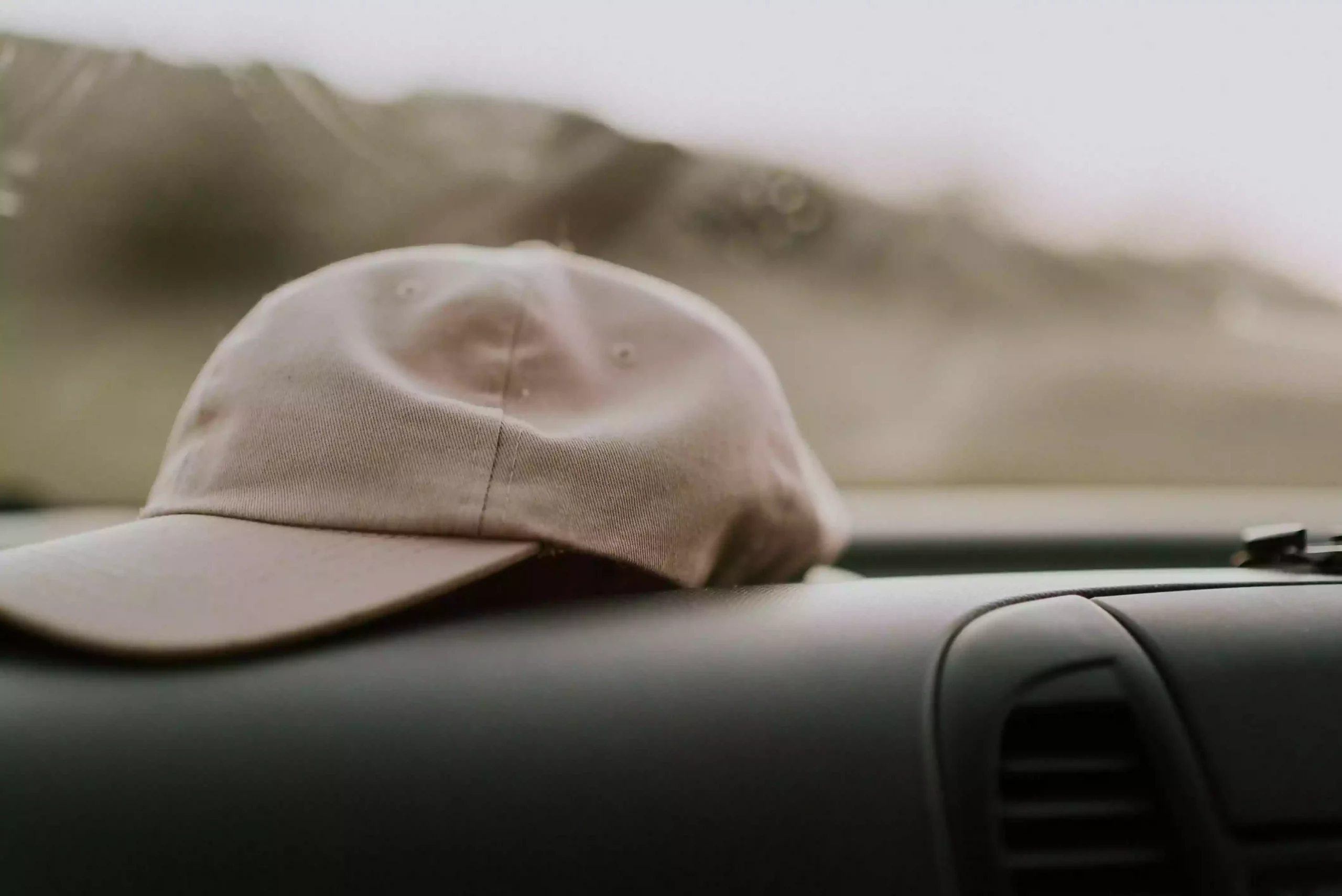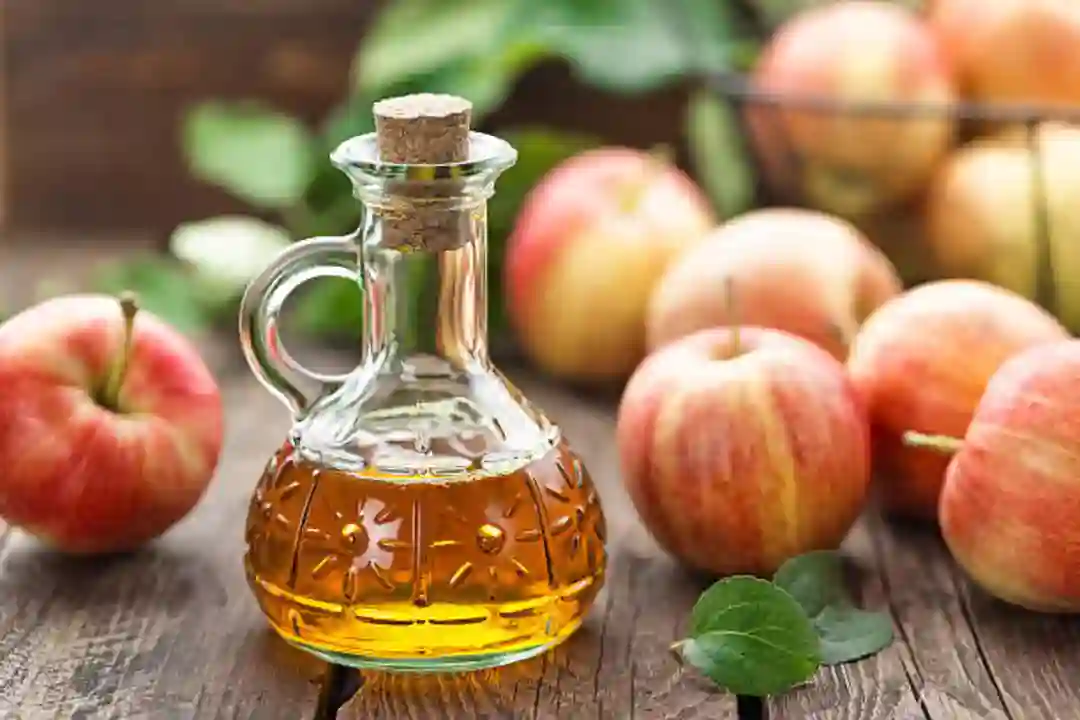Are you bothered by those unsightly water stains ruining your cherished leather items? It’s a common problem that many leather owners face.
Our handy guide is here to help, offering safe and effective strategies on how to remove water stains from leather, irrespective of the type.
Keep reading if you’re ready to transform your stained leather pieces back into their original glory!
KEY INFORMATION
- Different types of leather require different cleaning methods, so it’s important to know what type of leather you have before removing water stains.
- When removing water stains from leather, be patient and gentle to avoid causing further damage or discoloration.
- The step-by-step guide suggests dabbing the stain with a lint-free cloth, applying a leather cleaner, cleaning and drying the leather thoroughly, applying a leather conditioner, and assessing the results.
- To prevent water stains on leather, avoid over-saturating the material and use a soft-bristled brush for textured leather. Properly storing and regularly conditioning your leather items can also help protect against water damage.
Factors to Consider When Removing Water Stains from Leather

When removing water stains from leather, there are several factors you need to consider.
1. Type of leather
Leather comes in all sorts. Faux leather, patent leather, and suede are a few types. Each type has its own way of caring. The kind of leather you have tells you the best method to clean it.
For example, faux leather can stand up to harsher cleaning materials than real leather can. Suede needs special tools like a brush for its soft surface. Always look at what type of leather you have before starting any stain-removal process.
2. Severity of the stain
The severity of the stain is an important factor to consider when removing water stains from leather. If the stain is fresh, it may be easier to remove compared to an old, set-in stain.
Fresh stains are more likely to respond well to cleaning methods, while older stains may require more intensive treatment.
When dealing with a severe water stain on leather, it’s crucial not to panic or rush the removal process. Take your time and follow the step-by-step guide provided in this article.
Be patient and gently work on the stain using appropriate cleaning solutions and techniques.
Remember that different types of leather may react differently to various methods of removal. Test any treatments on a discreet area first before applying them directly to the stained surface.
This will help ensure that you don’t cause further damage or discoloration.
3. Test treatments in a discreet area
Before applying any treatment to remove water stains from leather, it’s important to test it on a small and inconspicuous area first. This will help ensure that the treatment doesn’t cause any damage or discoloration to the leather.
Simply apply a small amount of the cleaner or solution to a cloth and gently rub it on the test area. Observe for any negative reactions, like color fading or staining, before proceeding with treating the entire stain.
Remember, testing treatments in a discreet area is an essential step in safeguarding your leather items during stain removal.
Step-by-Step Guide for Safely Removing Water Stains from Leather
To safely remove water stains from leather, start by dabbing the stain with a lint-free cloth to absorb as much moisture as possible. Then, apply a small amount of mild soap or alcohol on a clean cloth and gently wipe the center of the stain outward.
Clean and dry the leather thoroughly before applying a leather conditioner to restore its natural oils. Assess the results and repeat the process if necessary for stubborn stains.
1. Dab the stain with a lint-free cloth
To safely remove water stains from leather, start by dabbing the stain gently with a lint-free cloth. This will help absorb any excess moisture and prevent further damage to the leather.
Make sure not to rub or scrub the stain, as this could spread it or cause discoloration. Instead, use a soft cloth and press down on the stained area to soak up as much water as possible.
Remember to be gentle throughout the process to avoid harming the leather surface.
2. Apply leather cleaner
To safely remove water stains from leather, the next step is to apply a leather cleaner. Choose a high-quality leather cleaner that is suitable for the type of leather you are treating.
Apply a small amount of the cleaner to a clean cloth or sponge and gently rub it onto the stained area in circular motions. Be careful not to over-apply the cleaner, as too much moisture can damage the leather.
Once you have thoroughly cleaned the stain, use a separate clean cloth or sponge dampened with plain water to rinse off any residue from the cleaner. After rinsing, pat dry with a clean towel and allow the leather to air dry completely before proceeding to the next step.
3. Clean and dry the leather
To clean the leather, start by dabbing the water stain with a lint-free cloth to remove excess moisture. Then, apply a mild soap or leather cleaner to gently scrub the stain. Avoid applying too much pressure as it may damage the leather.
After cleaning, make sure to dry the leather thoroughly using a clean cloth or allowing it to air dry naturally. It’s important to avoid using heat sources like hairdryers as they can cause further damage.
Once the leather is completely dry, apply a leather conditioner to restore its natural moisture and prevent cracking. Finally, assess the results and repeat the process if necessary for stubborn stains.
4. Apply leather conditioner
After cleaning and drying the leather, it’s important to apply a leather conditioner. This helps to restore moisture and keep the leather soft and supple. Apply a small amount of conditioner onto a clean cloth and gently rub it into the leather in circular motions.
Make sure to cover the entire surface evenly, paying extra attention to any dry or cracked areas. Allow the conditioner to penetrate for a few minutes, then wipe off any excess with a separate cloth.
Regularly applying a leather conditioner will help protect the leather from water stains and keep it looking its best for years to come.
5. Assess the results
After following the step-by-step guide to remove water stains from leather, it’s important to assess the results. Take a close look at the treated area and check if the stain has been successfully removed or lightened.
If there is still some discoloration, you may need to repeat the cleaning process or try a different method. Remember to be patient as it may take multiple attempts to completely remove stubborn stains.
It’s also a good idea to compare the treated area with surrounding undamaged areas of leather for color consistency. Once you are satisfied with the results, proceed with conditioning and protecting your leather to ensure its longevity and beauty.
Preventive Measures for Avoiding Water Stains on Leather

To avoid water stains on leather, it is important to avoid over-saturating the material and use a soft-bristled brush for textured leather. Properly storing leather items and regularly conditioning them can also help prevent water damage.
1. Avoid over-saturating the leather
To safely remove water stains from leather, it’s important to avoid over-saturating the leather. Using too much moisture can damage the leather and cause discoloration. Instead, gently dab at the stain with a lint-free cloth or sponge to absorb as much water as possible.
Then, follow up with a mild soap or leather cleaner specifically designed for removing stains. Be sure to only apply a small amount of cleaner and work it into a lather before wiping it onto the stained area using gentle circular motions.
After cleaning, thoroughly dry the leather with a clean towel or let it air dry naturally. Finally, apply a suitable leather conditioner to restore moisture and protect against future stains.
2. Use a soft-bristled brush for textured leather
To safely clean textured leather, use a soft-bristled brush. This will help remove dirt and debris without causing damage to the delicate surface. Gently brush in circular motions to lift any trapped dirt from the crevices of the leather.
Remember to be gentle and avoid using excessive force that could scratch or rub off the texture. By using a soft-bristled brush, you can effectively clean your textured leather items while preserving their unique look and feel.
3. Store leather items properly
To keep your leather items in good condition, it’s important to store them properly. Make sure they are kept in a cool and dry place to prevent any moisture or humidity from damaging the leather.
Avoid direct sunlight as it can cause fading and cracking. It’s also a good idea to use dust bags or covers to protect your leather items from dust and dirt. If you have multiple leather items, make sure they are stored separately to avoid any friction or scratches.
Regularly check on your stored leather items to ensure they remain clean and free from any damage. Proper storage will help prolong the life of your favorite leather pieces!
4. Regularly conditioned leather items
To keep your leather items looking their best, it’s important to regularly condition them. Conditioning helps to restore moisture and prevent drying out, cracking, and fading. You can use a high-quality leather conditioner that is suitable for the type of leather you have.
Gently apply the conditioner using a clean cloth or sponge, making sure to cover the entire surface evenly. Allow the conditioner to penetrate into the leather for a few minutes before wiping off any excess with a soft cloth.
By regularly conditioning your leather items, you’ll help extend their lifespan and maintain their natural beauty.
Frequently Asked Questions

1. How can I safely remove water stains from leather?
You can get rid of water stains on leather by using methods like gently wiping outward or applying DIY stain removal techniques. You could also use professional cleaning services for serious cases.
2. Can I use the same method to clean all types of leather items?
Yes, you can apply the same basic principle in removing old water stains from a variety of items – be it a leather purse, sofa, shoes, or couch. However, some may require specific care tips or products.
3. What do I need to consider when trying to remove watermarks from my leather stuff?
When removing stains you must account for factors such as designing unique methods of removal and observing necessary safety guides through each step.
4. How do I prevent future water damage to my leather belongings?
Preventing water stains on your treasured pieces is achievable with regular maintenance and the usage of protective measures against potential hazards like liquid spillage and rainfall.
5. What are other ways we take care of our leathers after getting rid of those nasty marks?
After successfully restoring your item from being damaged by moisture content; ongoing upkeep includes employing treatments that protect it against subsequent splotches and seeking guidance via tutorials offering how-tos.
Conclusion and final thoughts
In conclusion, by following the step-by-step guide and considering the important factors when removing water stains from leather, you can safely restore your leather items to their original beauty.
Remember to be gentle and test treatments on a discreet area first. Also, take preventive measures like avoiding over-saturating the leather and regularly conditioning it to prevent future water stains.
With these tips, you can keep your leather looking clean and pristine for years to come.

